To run the forums, host the website, and travel, I charge a universal service fee for my reviews. This review was sponsored by IZIP Electric Bikes. My goal is to be transparent and unbiased, this video and written review are not meant to be an endorsement of IZIP Electric Bike products.
IZIP has launched a bunch of all new bikes for 2019 and the E3 Brio is another one I got a chance to review. The E3 Brio is a commuter bike packed with features and value while maintain its affordability. At a starting price point of $1,699, the bike comes in 2 frame styles, a high-step in black only, and a step-through (looks like the high-step with a more slanted approach) in black or red. The high-step comes in medium (18”) and large (20”) sizes, while the step-through comes in small (16”) and medium (18”). At this price point, there will be some entry level components, but what I do love is all the included items they added, there is just a lot of value here and I want to make sure to cover it all. Included with the bike are these plastic fenders which are somewhat adjustable. It might be a little tricky to get them straight but once you do, they won’t rattle much, due to the extra support struts. I like how they are flexible, and they won’t rust if you get them scratched or knocked. Also included is a rear rack that may not be as fancy or streamlined as some of the expensive bikes but does have adjustability to go up and down as well as bungie loops. Its rated to support a nice 55lbs (22kg) and has standard gauge tubing. Battery integrated lights from Fuxon in the front and rear are here as well. I am a big fan of integrated lights and it’s great to see more ebikes include them. The rear light has 1 LED and the front light is mounted on the fork arch, so do be mindful that it may bounce up and down a little bit being mounted there. The headlight has a cut pattern on the top which is designed to aim downward; granting visibility on the road. It is a bit more of an entry level lighting system, so be careful of the exposed wires coming unplugged, try not to snag them. For comfort you got some semi slick Kenda 700 x 45c tires which are a little wider to help that stability. Also, it looks like they went with an adjustable angle quill stem which can help you get the right geometry going. The seat post is rigid, but if you wanted, you could swap it out with a 31.6mm equivalent to add some extra comfort. And of course, there is the front suspension fork. The fork is a SR Suntour NEX which is an entry level fork with fairly narrow stanchions, but it is a bit adjustable via removing a set of plastic caps on each edge of the fork. Under these plastic caps there is a little knob like a dial that you can adjust to reduce or increase the preload, so you could preload it for your body weight. Do be careful removing the plastic caps, I broke it in the video review when I pulled it off, so something to be mindful of when removing your own. Overall though, the bike is pretty comfortable when you get it all set up and everything is black too (on this version) keeping everything blended and looking good. Running down the list, you see a lot of other features offered as well. I love the bottle cage bosses and the rack bosses in the back in case you want to customize it with your own setup. A rear mounted adjustable length kickstand is here too, nice and out of the way so you don’t get that pedal lock when reversing. Even the disc brake caliper is mounted down rather that up higher, it keeps the cables clean and out of the way of the rack. The battery mount is stepped down a bit giving you that extra room for that bottle cage. Wires here are internally routed and make use of this neoprene wire binder which adds to the clean minimalist look. The bike is fairly lightweight at 55lbs, not bad. Other features include an integrated bell, plastic slap guard sticker, Wellgo plastic pedals with a fair bit of traction (although I maybe would swap these out for another option), and non-locking ergonomic grips.
Driving the bike is a compact geared hub motor from SR Suntour that is “torque activated”. The official website says that it measures pedal torque and cadence at the bottom bracket, and I assume that rear wheel speed is also being measured. This is pretty fancy for an entry price point product and offers a smooth natural feel. Many competing hub motor systems feel abrupt and cut in and out without that smoothness. Motor output is claimed from 250 to 400 watts with up to 60 newton meters of torque, and it was noticeable and helpful during my test climbs. It doesn’t produce a lot of noise, even in the highest level of assist. Overall, it’s a compact and lightweight piece of hardware that freewheels efficiently and won’t drain the battery super quick, like many of the higher-powered hub motors out there. This is a benefit when you consider the lower capacity battery pack. Together, they both keep the price down and reduce weight. For the drivetrain, IZIP opted for the entry level 7 speed Shimano Tourney derailleur and a 12-28 tooth sprocket which is a bit more basic. At the pedals there is a 44 tooth chain ring with a plastic chain guide which will keep the chain steady if you happen to hit a bump or something. Stopping the Brio is some Tektro 180mm mechanical disc brakes with 2 finger Tektro levers on the bars. Mechanical brakes are great for adjustment and maintenance; however, they do require a little bit more force on the levers for more sudden braking.
Powering the bike is a 36v 11.6ah lithium-ion battery pack from Joycube. At least, that’s what the sticker said. It’s part of the SR Suntour drive system, which is a more widely recognized name. Suntour makes drivetrains, suspension forks, motors, and perhaps the battery is a joint venture? In any case, the capacity is below average for the 2019 season, but should be enough to go at least 25 miles, even in the highest level of assist. This is because the IZIP E3 Brio is a Class 1 pedal assist product, that makes you engage and help out. It compliments your pedaling, actually measuring torque output and not just pedal motion. I’d consider it a more active ebike for this reason, one that doesn’t just take you along. I love how the battery pack looks, how it’s positioned low on the frame and actually set into the downtube a bit. This battery has a 5-bar LED charge level indicator built into the top (each bar represents a 20% step) and circular charging port on the right side. You can charge it on or off the bike, and the key is a fairly generic TKM with locking cylinder. I mention this, because some higher-spec’ed IZIP and Raleigh products use ABUS locking cores that can be keyed-alike to some locks. The battery tips out to the side vs. mounting up and down, which allows the top tube to be closer on the mid-step frame. It has stickers that tie it into the paint job of the bike, and it weighs about 5.5lbs, which is fairly light. To really care for this and other lithium-ion packs, I have heard that storing in a cool dry location vs. extreme heat or cold will extend the life and try to keep it about 50% full when not using for long periods so you won’t stress the cells. Try not to let it run down to zero, because that’s really hard on the cell chemistry.
Activating the bike is straightforward, once the battery has been charged and mounted to the downtube. Make sure the pack is clicked into place, then remove the key, and press the blue power button on the control pad. Red LED lights flicker on showing your current speed, assist level (default is standard), and battery charge level. The interesting thing is, the charge indicator on the battery pack has five bars while the control pad display only has three bars. That’s a lot less precise, and somewhat disappointing… but at least you can always stop and click the battery button if you want more detailed feedback. Most of the higher end ebikes now have 10 bars or a percentage indicator… or even a dynamic range estimator menu. With this value-priced electric bike, there’s more guessing involved when it comes to battery level. If you’re going for a long ride, I’d even consider bringing the 2-amp battery charger along for quick top-offs. The charger is kind of generic in terms of speed and weight, but it seemed durable and portable enough to fit into a backpack or rear rack trunk bag. If you do run out of juice, the 55lb commuter bike could take some effort to pedal home. The motor freewheels efficiently, but the weight is undeniable if you’ve got hills or wind to contend with. Anyway, the display panel shows your speed in MPH and is not switchable to kilometers. There are three assist levels, and I did most of my review filming in the highest to produce as much noise as I could. Ultimately, the motor seemed fairly quiet and the control pad was very intuitive. It seemed durable, was easy to read, and even has this light button which dims the red LEDs a bit. That’s a welcome feature when riding at night because the bright red could be distracting. This IZIP model has integrated lights, so this light button also activates them as it dims the display.
The E3 Brio really has a lot of value for an entry level priced bike. To keep the cost low, there are going to be some tradeoffs so let’s go over those as we conclude. During the test ride in the video, the wires that plug into the front headlight came unplugged when taking a tight turn. Now this could be do to all the jarring around earlier as the demo bike was taken from photoshoots and ride tests from others. The final product may produce better results, but it does have to be said. Also, in the video, the plastic cap that covers the fork adjustments had a clasping tooth break off. The largest tradeoff is the motor being pedal assist only. The torque sensor is nice and gives the bike a natural and smooth feel but can take a bit of effort to get going which could hinder you starting at the bottom of a hill or other tricky situations. All things considered however, you do get quite a bit in return. Having a throttle-less bike keeps it as a Class 1 ebike, opening up the ability to ride on more trails. Additionally, having a pedal-assit based system makes for a more active and engaging ride, great for those who want to still want a small bit of fitness to go along with their speed. The bike also comes 95% assembled, is light weight, and is backed by a dealer service network and US toll free customer support. But the big win here is the price point. At $1,699 it’s quite tempting considering you get an ebike with a lot of features and a clean minimalist look.
As always, I welcome questions and feedback in the comment section below. Whether you own the bike, have taken a test ride, or are brand new to the space, my goal is to provide an objective and honest resource. You can also join the IZIP Ebike forums and share your own photos, videos, and review updates to help others! Have fun out there, and ride safe :)
Pros:
- An affordable and lightweight commuter with a minimalist look and an SR Suntour rear hub motor, two frame styles and two color options, and an entry level price point
- The drive train of the bike features a Shimano Tourney derailleur, a 12-28 tooth sprocket, and 180mm mechanical disc brakes which are easy to maintain and adjust
- The battery is removable, can be secured with lock and key, can be charged on or off the bike, and has an LED readout showing charge level in 5 separate 20% increments
- Since the bike is torque based pedal assist only and does not have a throttle, it is classified as a Class 1 e-bike and therefore grants more access to more trails and paths, the torque based pedal assist is smooth and natural and keeps the active feel of bicycle riding since the user is without a throttle or cadence sensor
- The SR Suntour hub motor is small and helps keep the bike lightweight overall at 55lbs, has 3 modes of pedal assist, and still manages a smooth and natural feeling
- Display is a bit old-fashioned however the essentials are in-tact, it can show MPH, battery level (in 3 separate 33% intervals), and has an option to control the intergraded lights as well as dim the display itself, perfect for day or night riding
- Little style touches here and there really bring the bike together, for example, neoprene wire binder, color accents on the bike follow through on the battery, and the internal wiring really give it a sleek and well thought out look
- The Brio has a lot of other thoughtful touches that include a front quick release, integrated lights, intergraded bell, bottle cage bosses, and an adjustable kickstand
- A great competitive price point for those looking to get into a electric commuter bike while maintaining affordability, priced at $1,699, perfect for someone who wants to try out an e-bike to see if it is right for them
- The bike comes 95% assembled, includes a dealer network for support, and has US toll free customer support
Cons:
- Mechanical brakes mean you have to apply a little more force on the levers to get that powerful stop completed
- Also, not having a throttle or cadence based assist means you could be having to pedal a little harder to really get it going, something that could intimidate a less confident rider starting out on a hill
- Entry level or more basic parts are used in few places, some riders will notice the plastic pedals, entry level derailleur, plastic chain guard, and limited display, but most of these were placed to keep cost savings in mind, making for an inexpensive electric commuter
- It is a little odd that the display shows battery life in only 3 steps using 33% intervals, where as the battery LED readout uses 5 step 20% intervals, this leaves a little more guesswork as to when the last tick might run out, most would prefer the more accurate readout on the riding display
- If you are looking into an ebike for therapy or rehabilitation, having only a torque based system could be difficult based on your needs as a patient since you may need to exert a little more force to get going and maintain, for those accustomed to conventional bicycles, it will feel fresh and speedy, but maintain a sense of fitness
- During my video review, the wires to the headlight came unplugged during a tight turn and the plastic cap for the fork adjustments broke a clasping tooth, this was a demo bike, so they may just be problems unique to the one I was testing, but do be mindful of these things when working with your own
- The front headlight is mounted to the arch of the fork, which could make for bumpy lighting conditions in certain terrain
Resources:
- Official Site: https://www.izipelectric.com/


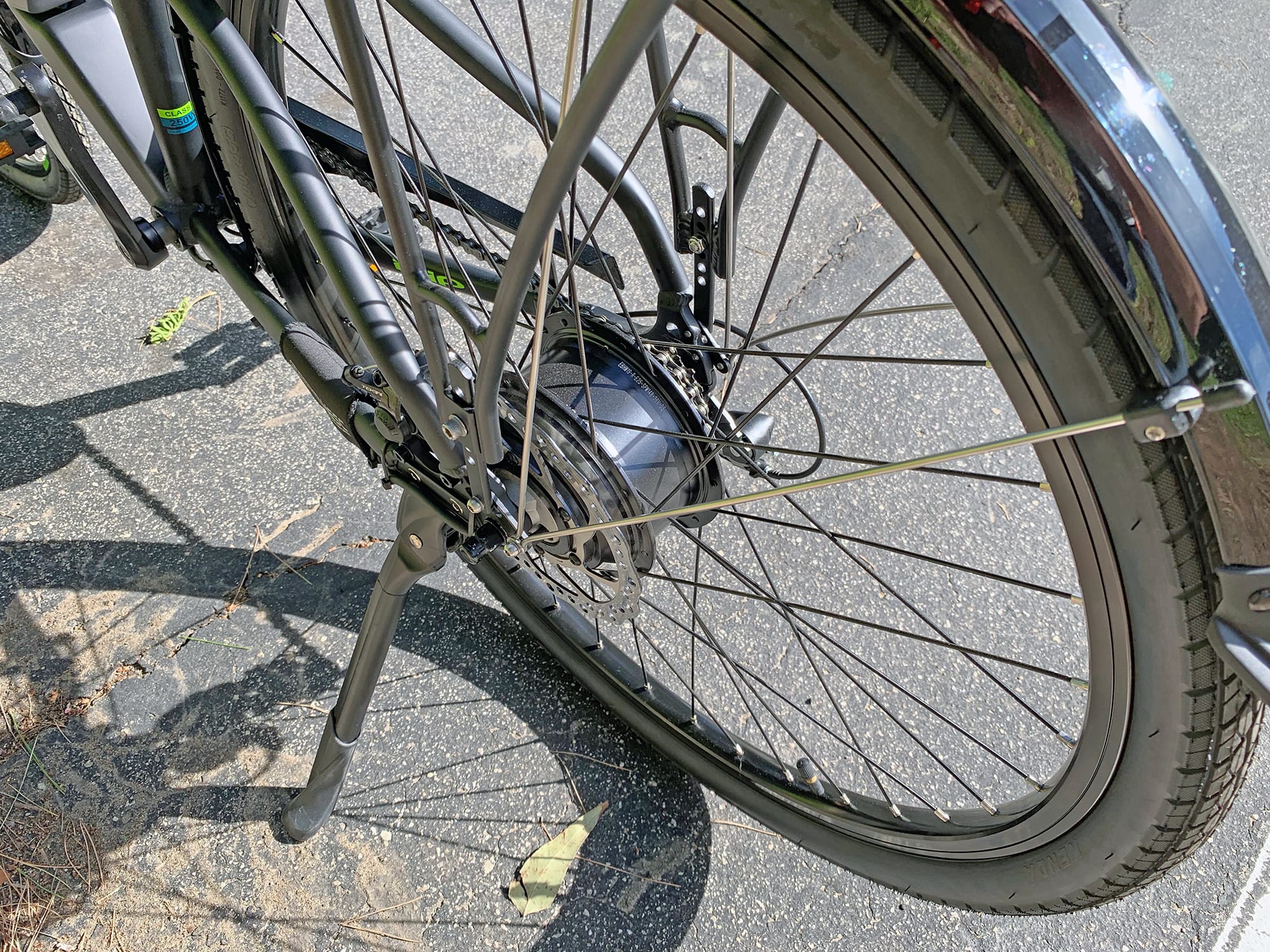
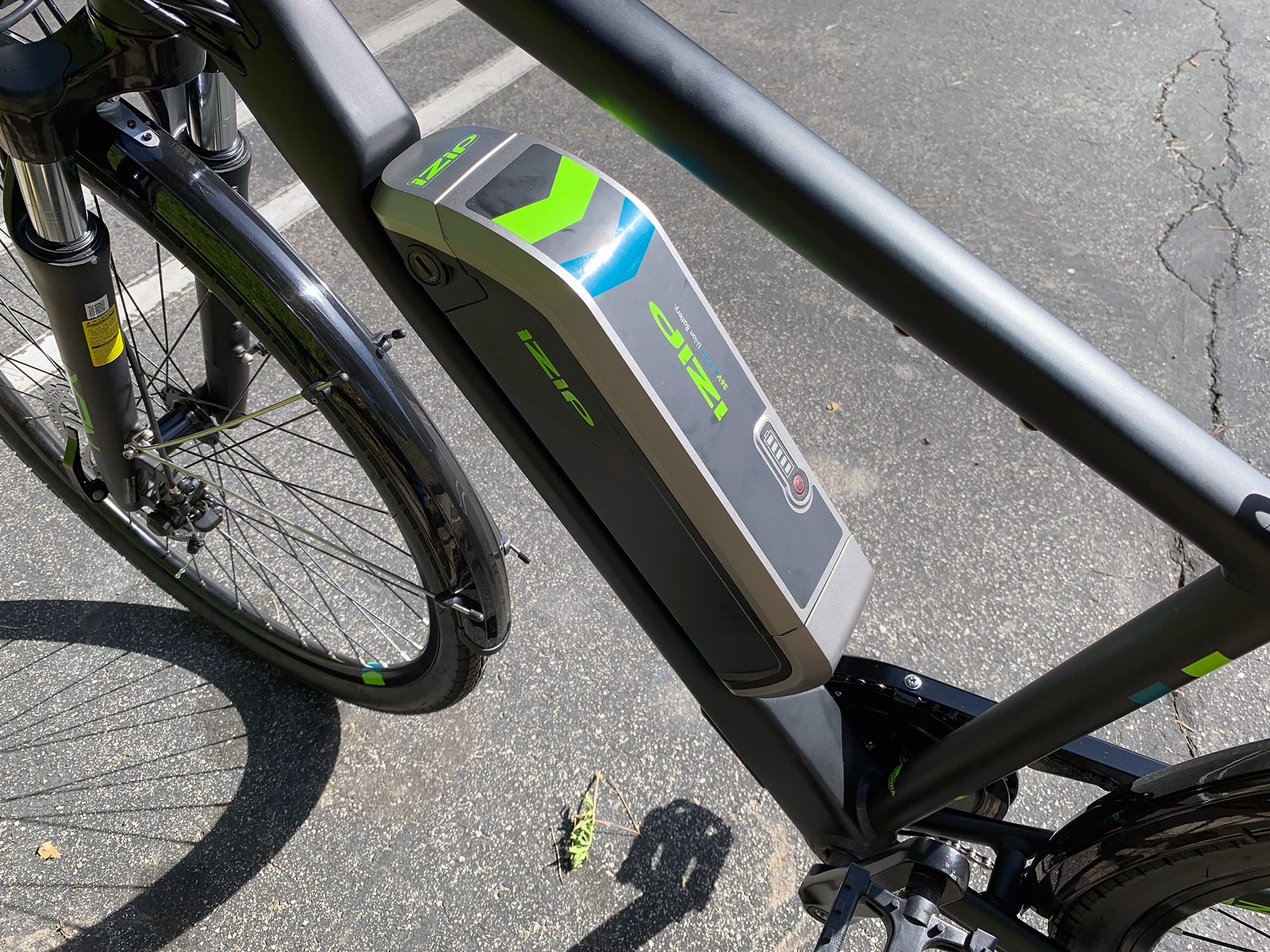

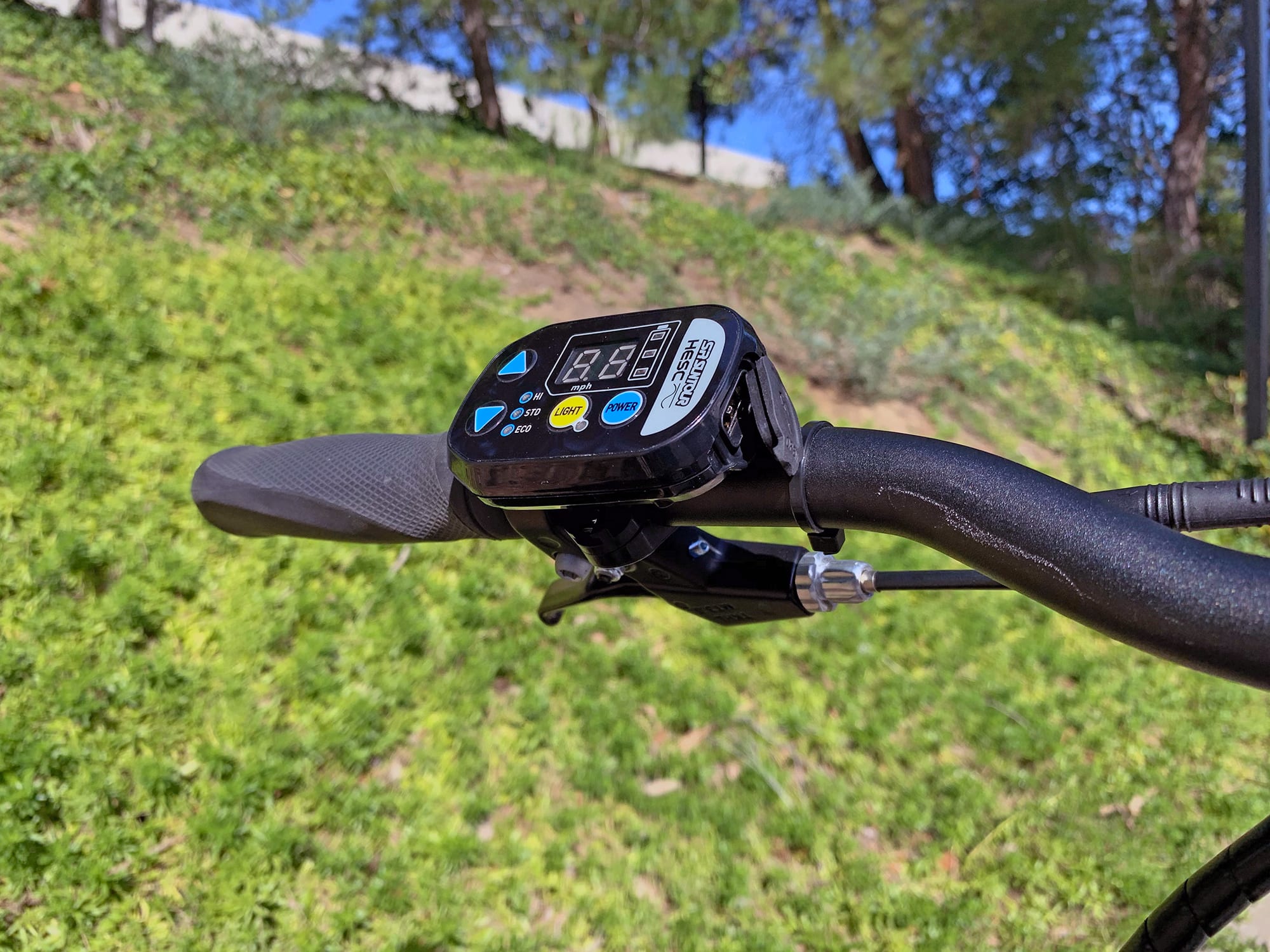

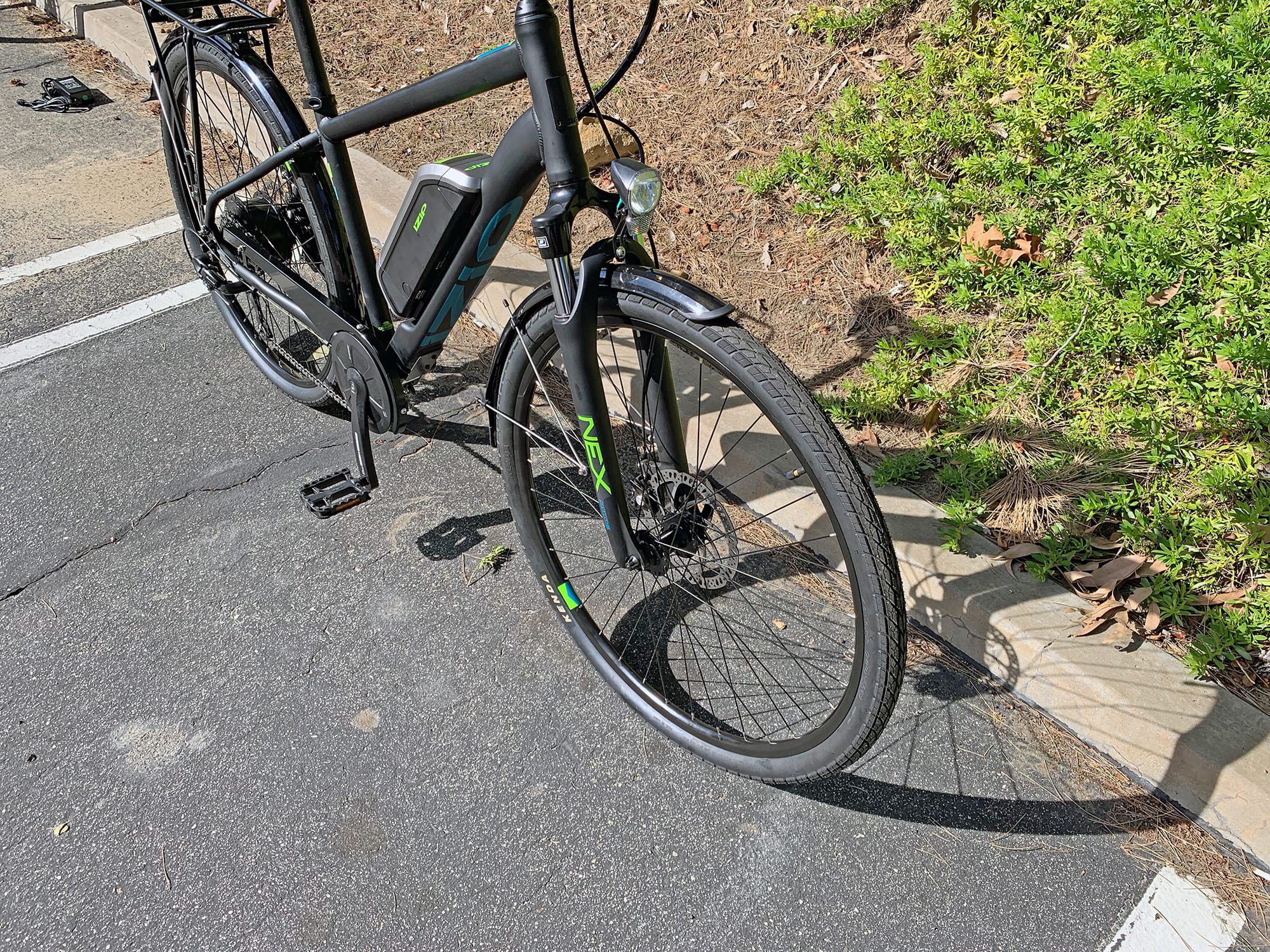
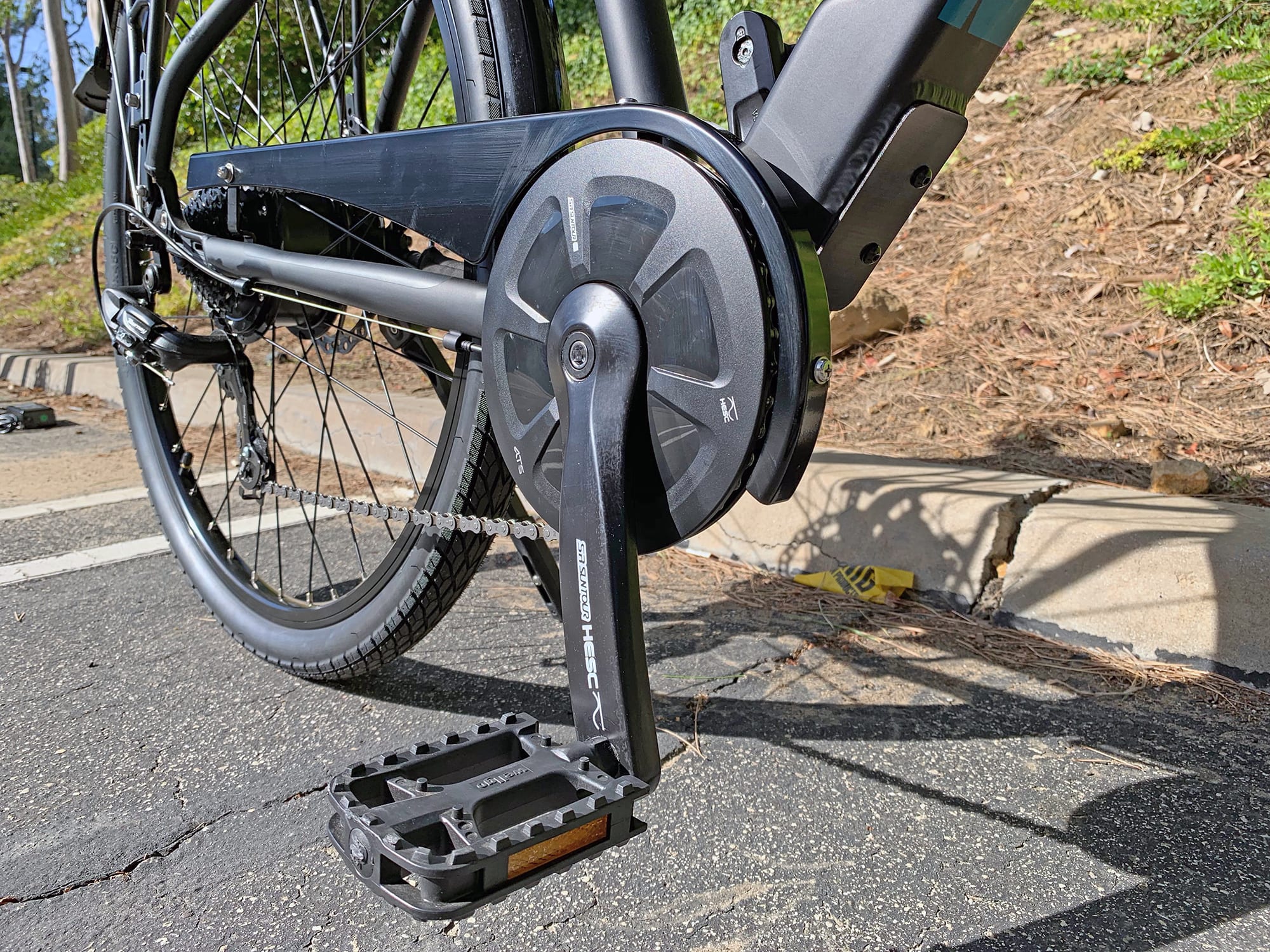
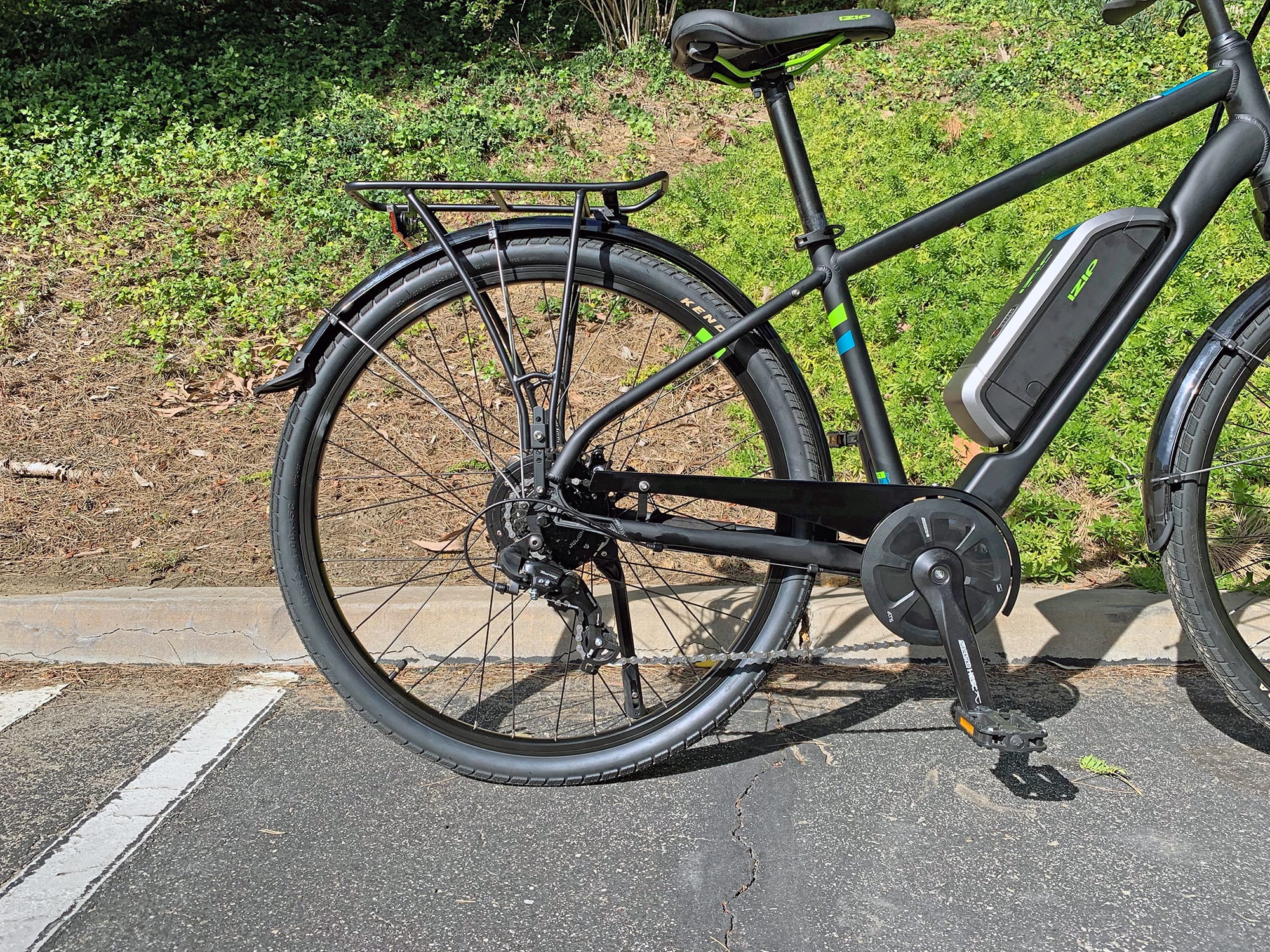
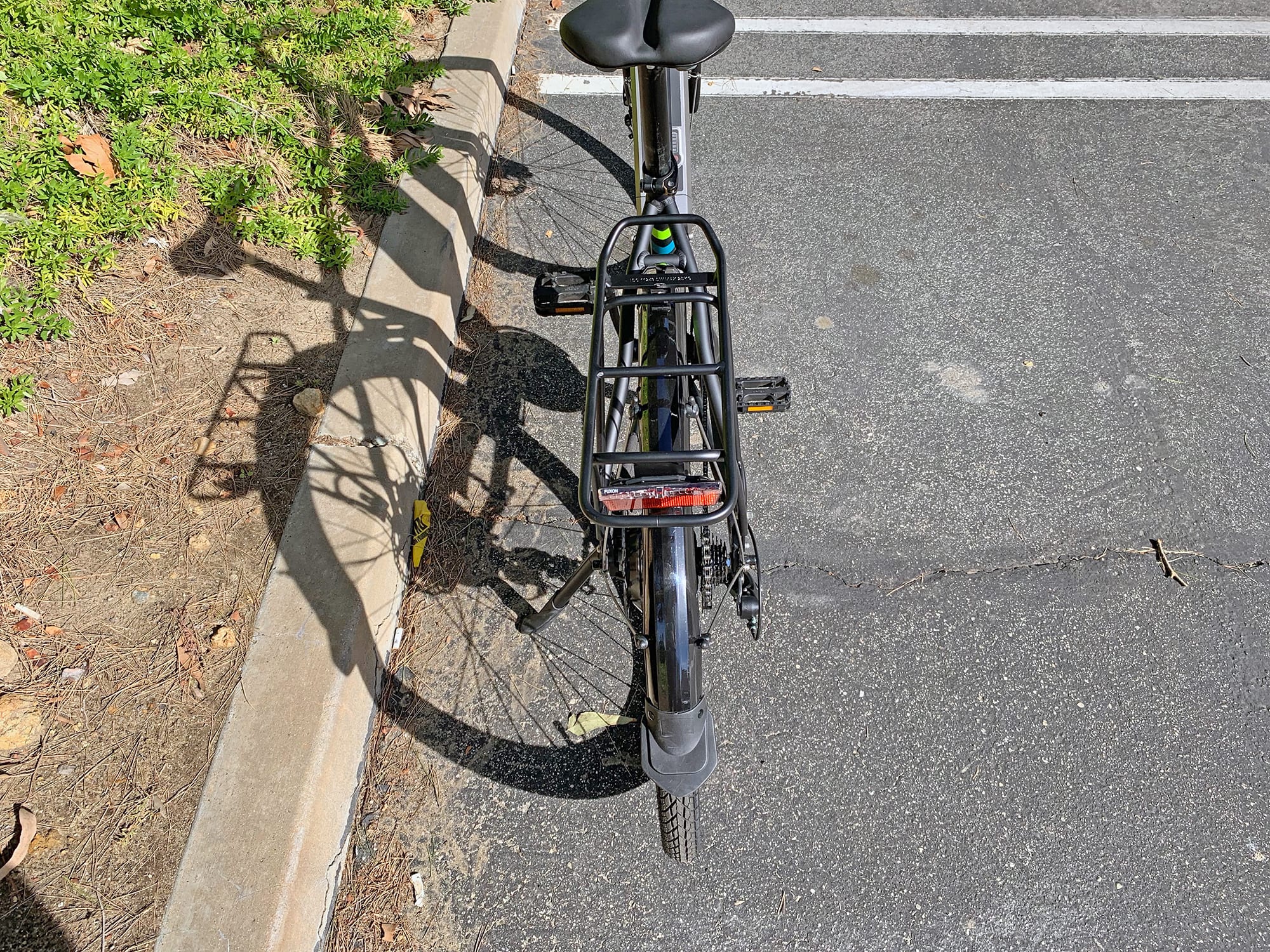
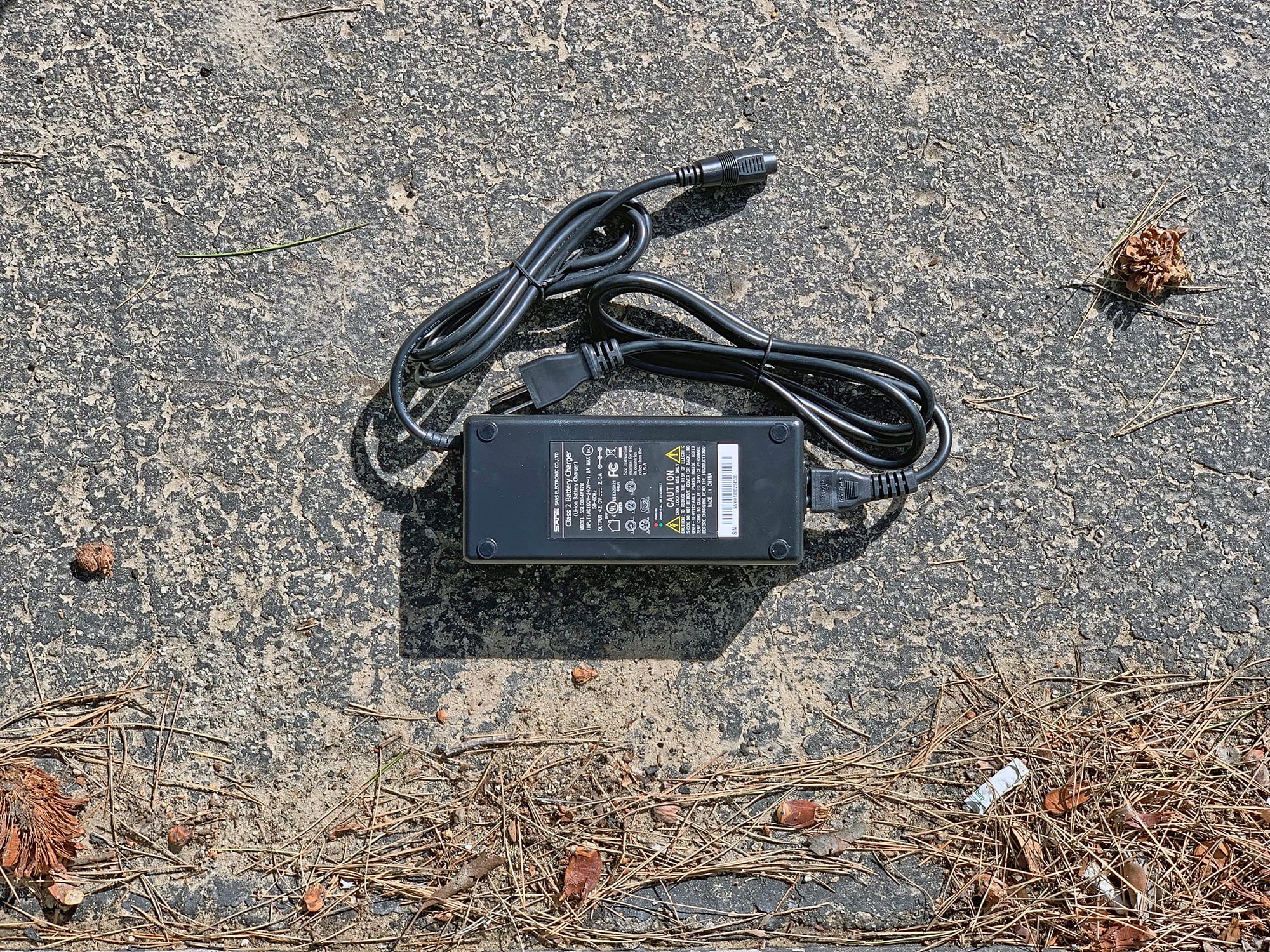

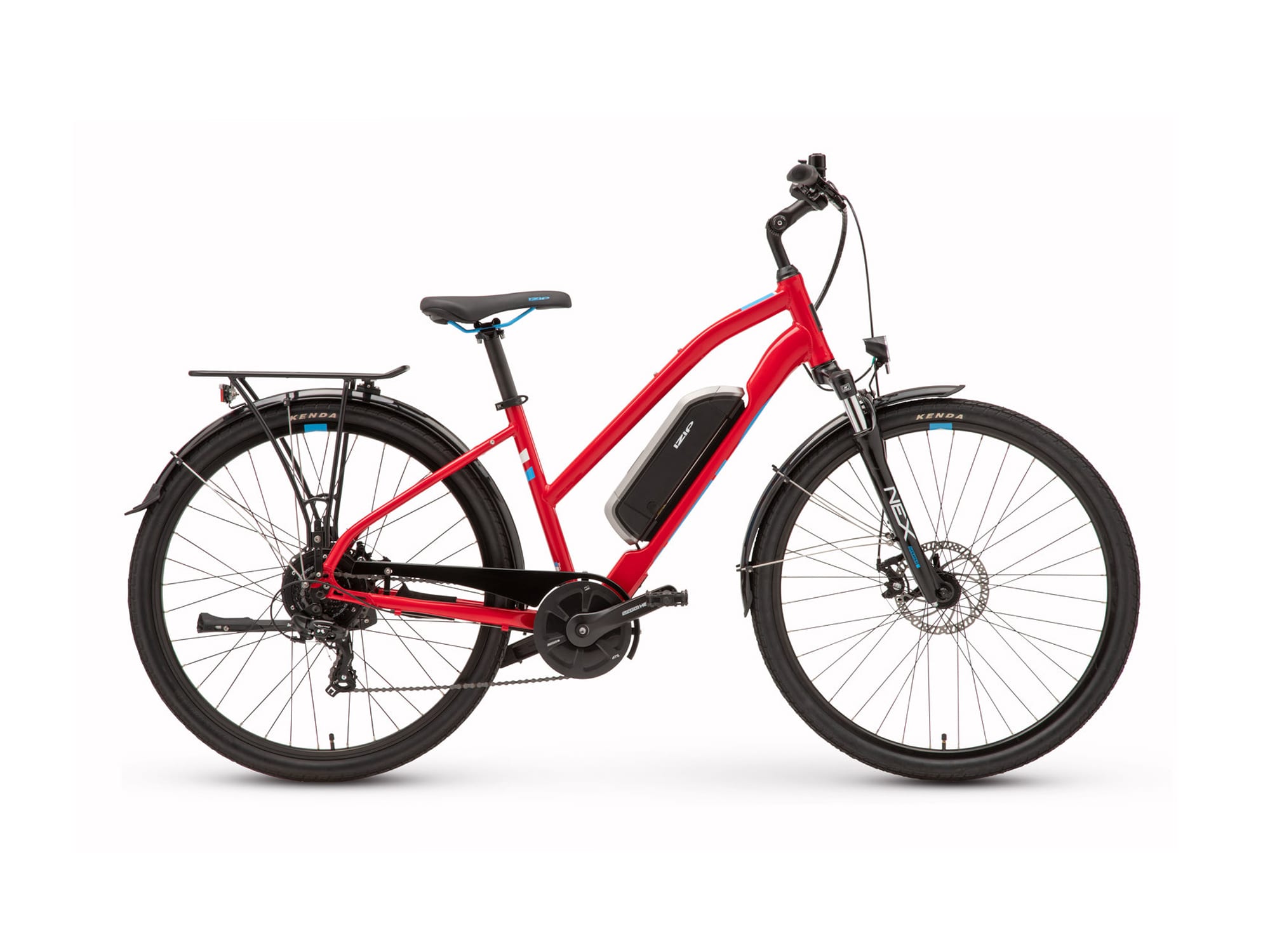

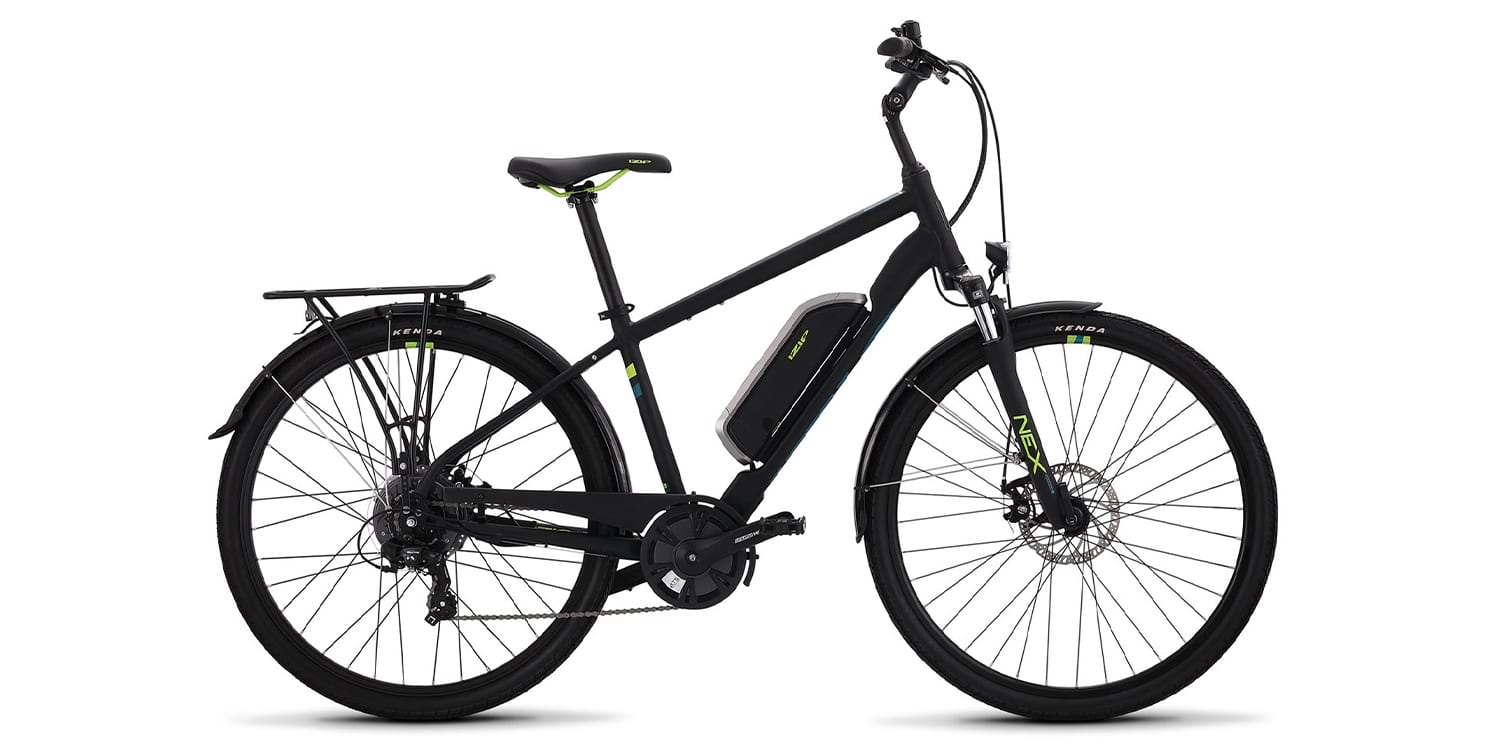
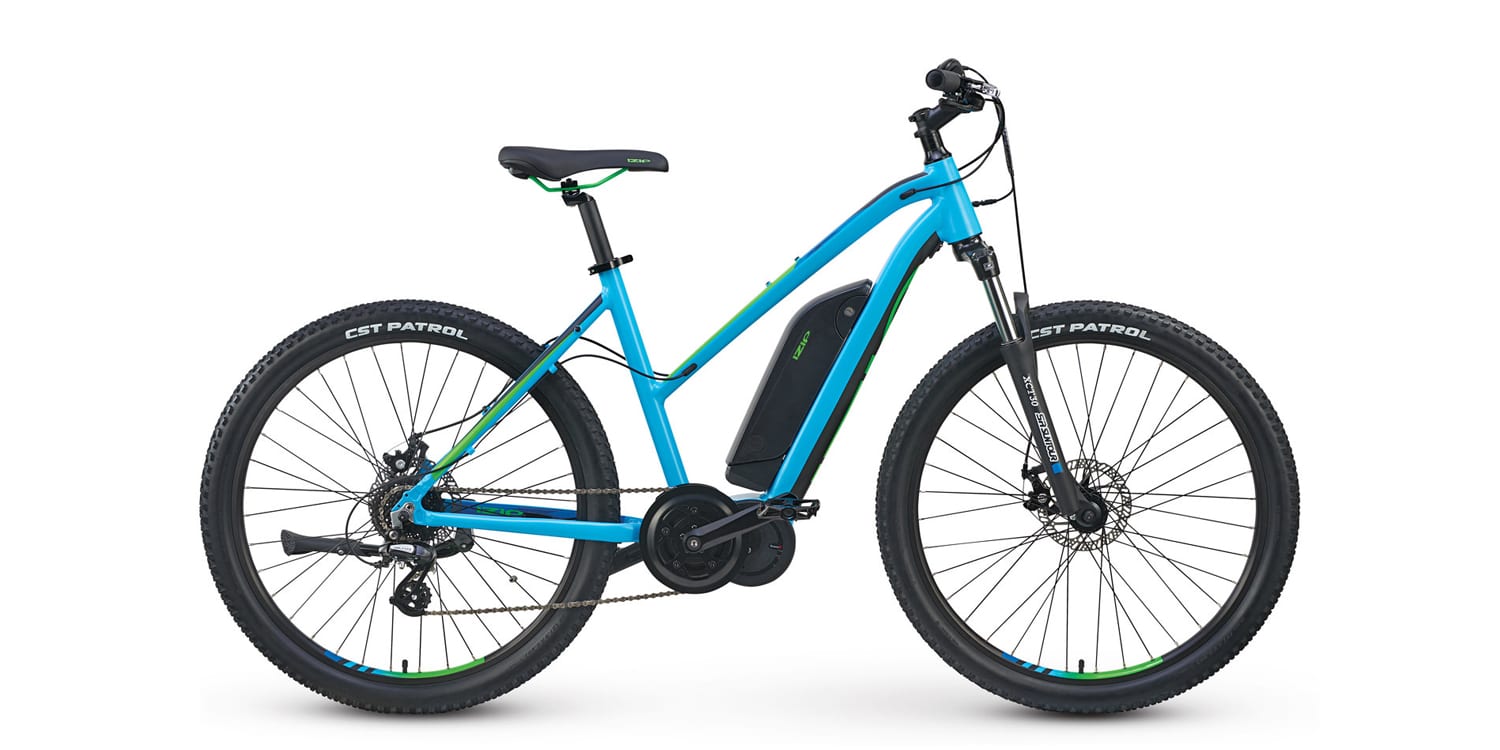
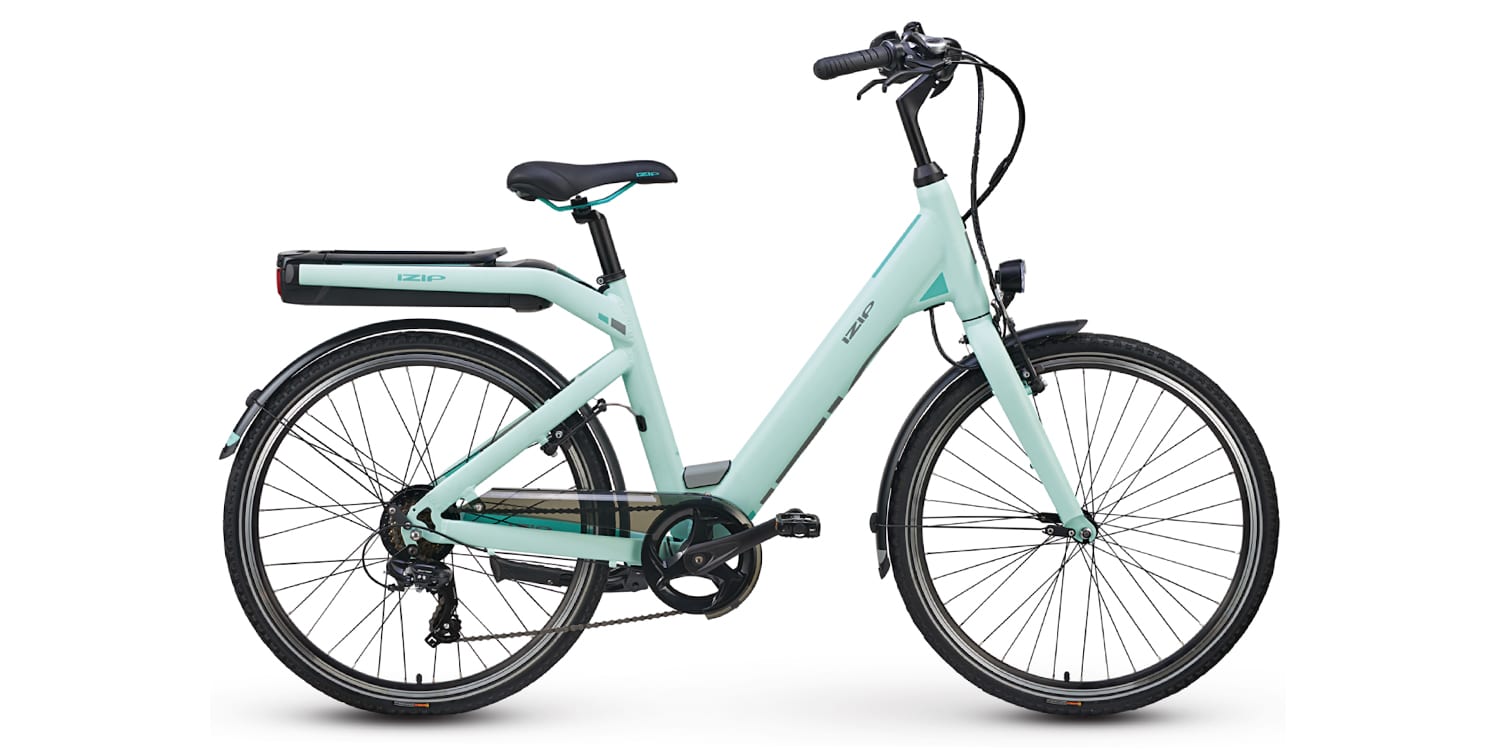
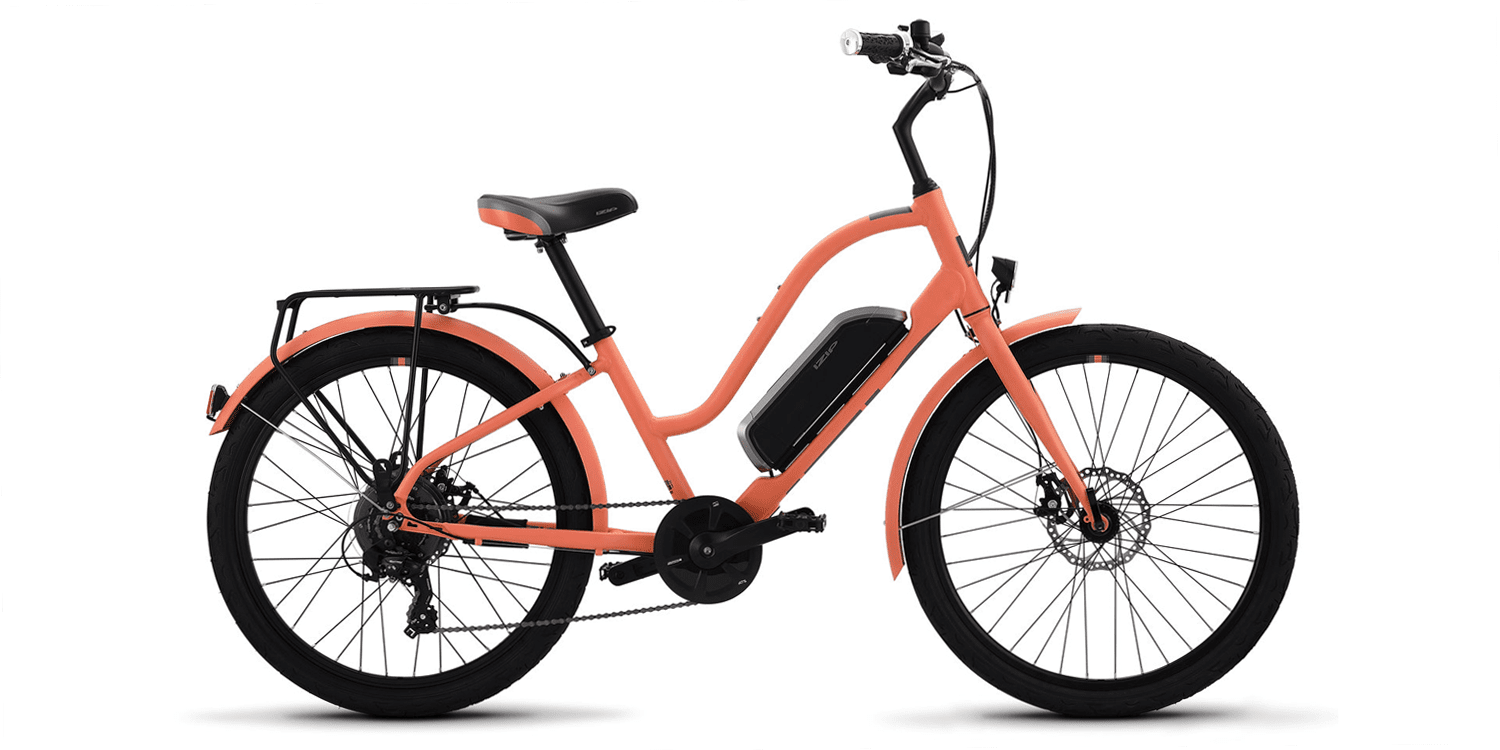
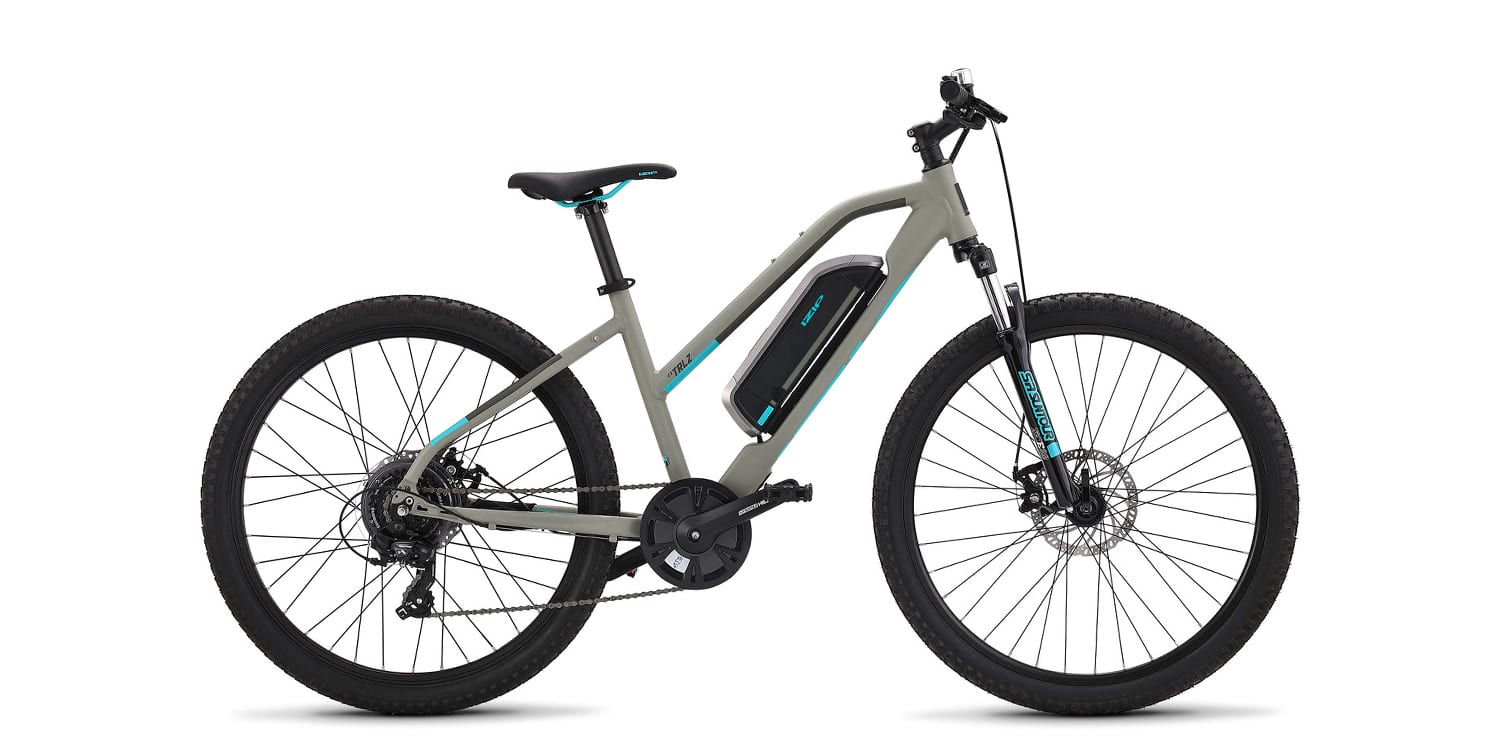

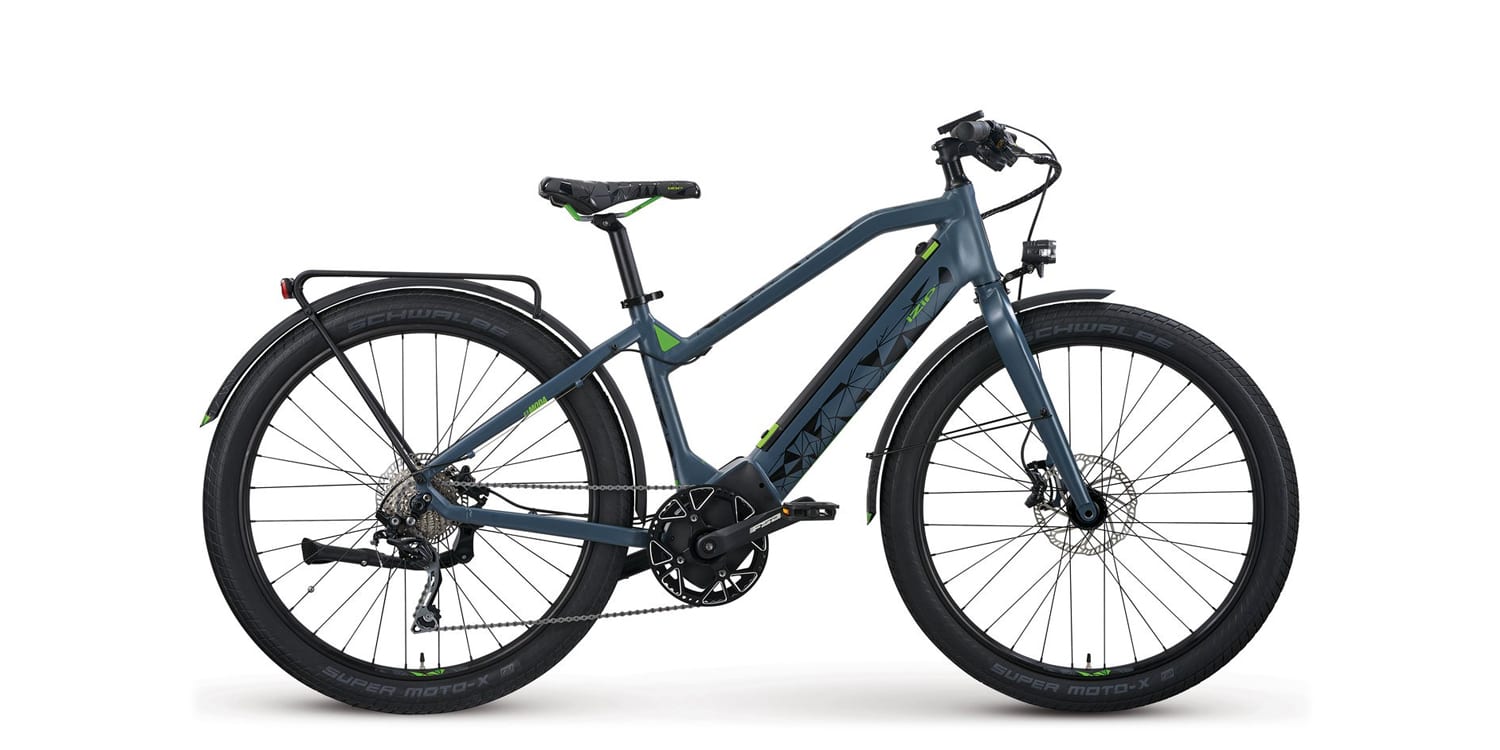
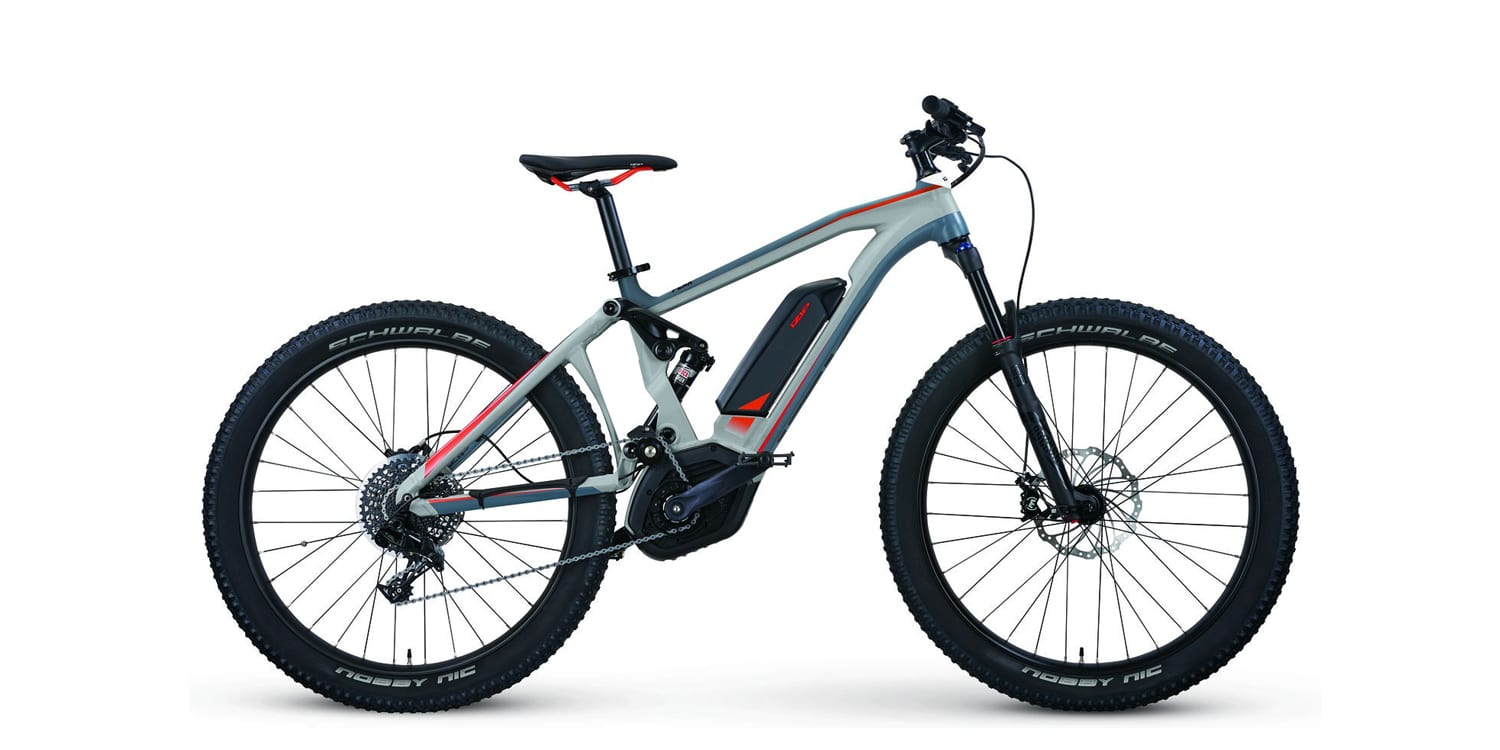
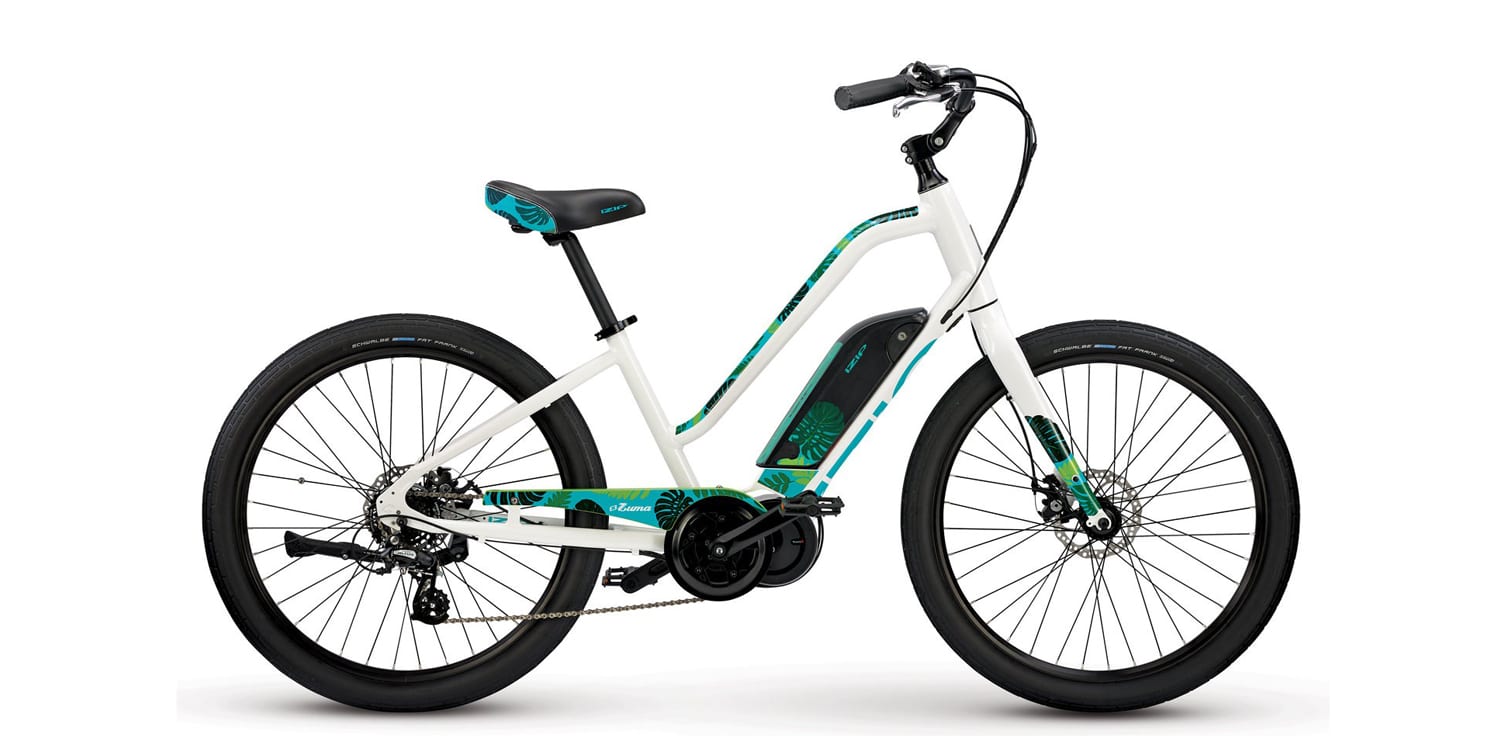
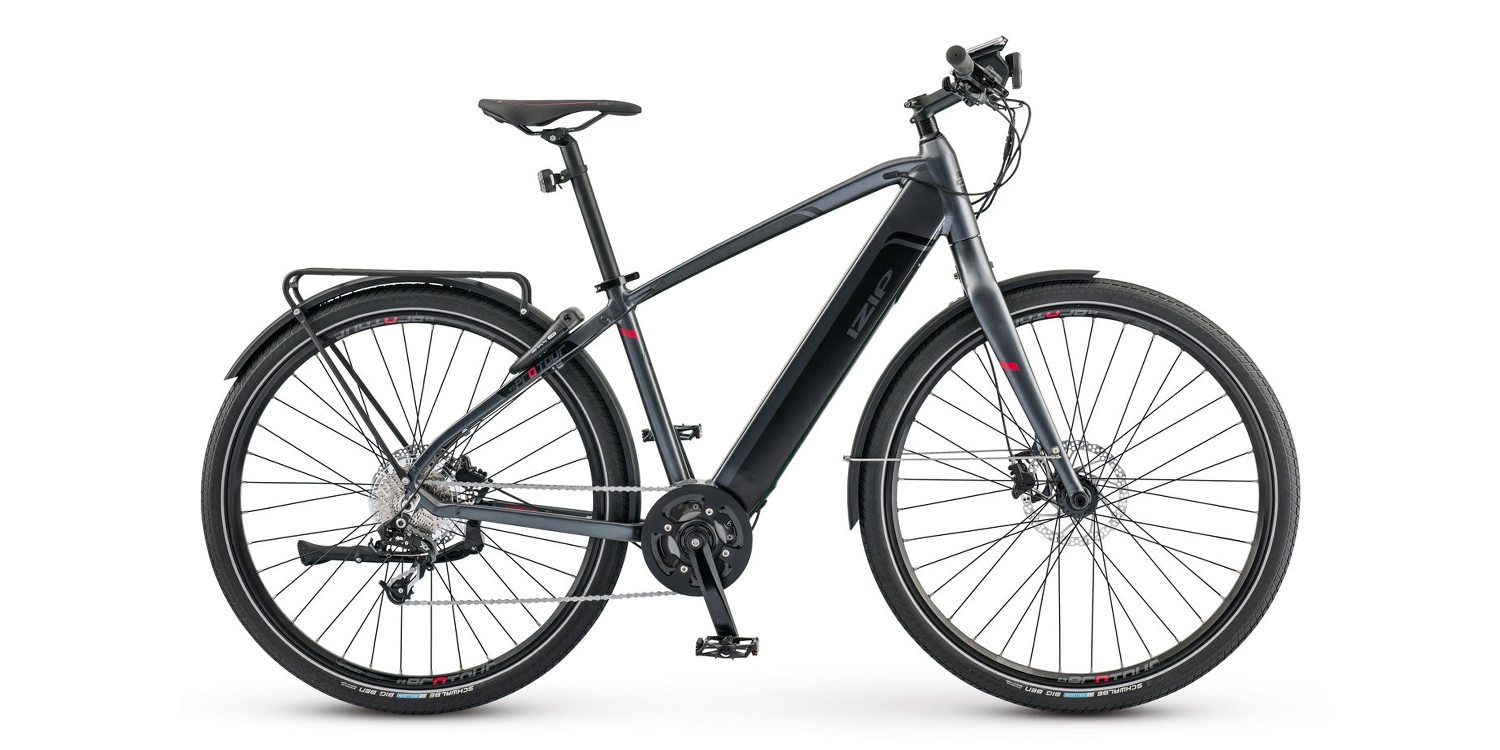
Mike says
Throttles are a $5 item. Yet Izip and Raleigh both, same parent co, never include them. And yes you can have a throttle and a torque sensor. Surface 604, for one, does it.
And the marketing theory that Class 1 can be used everywhere, (so they’ll ‘sell more ebikes’) is actually a rather shortsighted one, as many states are now either adopting Class 1, 2, and 3, and 13 have it, or they simply don’t have a specific law about Class 1. And no, you can’t add a throttle to the ebike later, a couple years down the road, unless the controller is set up for one. If someone insists on riding on paths that have people walking on them too (which is not the safest idea even without a throttle), then yes, you need a class 1. Personally, I think bikes in general should not be on paths that have people walking, as in most cities, bikes are prohibited from sidewalks. Since a number of ebike OEMS who starting selling many of their ebikes in the EU, where throttles largely aren’t allowed, what is happening is they continue to push for Class 1. I’m not sure Americans like having something shoved upon them. Listen to the market/consumer, and not the internal marketing guys.
Court says
Thanks for sharing your thoughts on this, Mike.